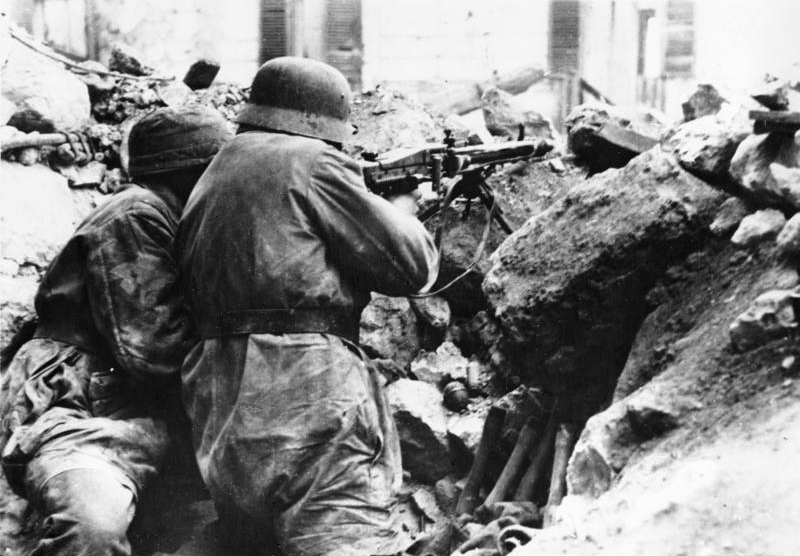Portrait of Leonardo da Vinci, date and artist unknown
Image courtesy of http://www.leonardodavinci.net/
(Unless otherwise indicated, all illustrations are courtesy of Wikipedia)
May 2, 1519 – Leonardo da Vinci, artist, engineer, inventor, "Renaissance Man"; age 67
Iron
rusts from disuse; water loses its purity from stagnation... even so
does inaction sap the vigor of the mind. – Leonardo da Vinci
Leonardo;
most historians, scientists, and art historians will know of whom you
speak when you say that one name. Leonardo da Vinci was the illegitimate
son of a Florentine official and a peasant woman. He studied art,
sculpture, painting, anatomy, mechanics, botany, and just about anything
that struck his fancy.
After apprenticeship with Italian artist
Verrocchio, Leonardo journeyed to Milan in 1482, on a mission for
Florentine ruler Lorenzo de' Medici. He met the Milanese ruler Ludovico
Sforza. After completing his assigned mission, he asked Sforza for a
job.
In his letter to the future Duke of Milan (Sforza), Leonardo
barely mentioned his considerable talents as an artist and instead
touted his more marketable skills as a military engineer. Using his
inventive mind, da Vinci sketched war machines such as a war chariot
with scythe blades mounted on the sides, an armored tank propelled by
two men cranking a shaft, and even an enormous crossbow that required a
small army of men to operate. He would work for Sforza for the next 17
years.
 Modern reconstruction of armored battle vehicle designed by da Vinci
Modern reconstruction of armored battle vehicle designed by da Vinci
On the grounds of the Chateau d'Amboise, France
Like
many leaders of Renaissance humanism, da Vinci did not see a divide
between science and art. He viewed the two as intertwined disciplines
rather than separate ones. He believed studying science made him a
better artist.
Da Vinci kept copious notebooks on many subjects,
writing many in a secret code. Some of his most famous artworks included
the "Mona Lisa," "The Last Supper," and the "Vitruvian Man." He died in
the town of Amboise, France, supposedly in the arms of French monarch
Francis I.
 Josif Broz Tito (1893-1980), date of photo unknown
Josif Broz Tito (1893-1980), date of photo unknown
Photo courtesy of the Digital Library of Slovenia
May 4, 1980 – Josif Broz Tito, soldier, statesman, Yugoslav dictator; age 87
Josif
Broz was born in 1893, a subject of the Austro-Hungarian Empire. He
apprenticed to a locksmith, and later worked in various factories in
Austria and Germany. During this time he was exposed to socialist
writings.
Tito was drafted into the Austro-Hungarian army in 1913,
to serve a compulsory two-year military commitment. He served first on
the Serbian front, then his unit was sent to the Russian front, where he
was captured and sent to a Russian POW camp in Siberia. He became
involved in the Russian Revolutions, and was influenced by the tenets of
Communism. He even fought with the Russian Red Guard during the chaos
of the Revolutions.
Tito returned to his native Croatia in late
1920, with a young and pregnant Russian wife. He continued to work
toward the supremacy of Communism/socialism in the newly created Kingdom
of the Slavs, Croats, and Serbs (later to be renamed Yugoslavia).
During this time he adopted the pseudonym of "Tito" which he used during
his underground Communist work.
When Germany invaded Yugoslavia
in 1941 – as a prelude to its invasion of Russia – Tito called on
Yugoslavs to resist the Nazi occupation. He organized two brigades of
Partisans to drive the Germans out of his native land. Tito was
recognized as the leader of the resistance in Yugoslavia by F.D.
Roosevelt, Winston Churchill, and Joseph Stalin at the Tehran Conference
in late 1944. He began receiving military aid from the Allies, and
Russian troops were helpful in removing Nazis from Yugoslavia.
In
November of 1945, a popular election recognized Tito's party as the
rulers of Yugoslavia. He was appointed the prime minister and minister
of foreign affairs. For the next 35 years, Tito was the leader of the
Socialist Federal Republic of Yugoslavia.
However, in the post-war
period, Tito and Stalin were constantly at loggerheads over
Yugoslavia's independent path of its socialist political and industrial
programs. It got so bad that at one point Stalin sent some assassins to
take out the Yugoslav leader. This prompted a rather frank letter from
Tito to Stalin, which included this:
"Stop sending people to
kill me. We've already captured five of them, one of them with a bomb
and another with a rifle...If you don't stop sending killers, I'll send
one to Moscow, and I won't have to send a second."
Tito's
stand against Soviet domination helped spur the development of the
Non-Aligned Movement, which included such countries as India, Ghana,
Egypt, and Indonesia. Tito also suppressed nationalistic feelings among
the disparate ethnic groups which comprised Yugoslavia. He died in 1980,
and within a decade Yugoslavia, without the iron hand of its President
for Life, began dissolving.
 Douglas Fairbanks, Jr., photo courtesy of U.S. Navy
Douglas Fairbanks, Jr., photo courtesy of U.S. Navy
May 7, 2000 – Douglas Fairbanks, Jr., actor, soldier; age 90
He
was the son of one of early Hollywood's icons of the Silver Screen,
born in New York City in December of 1909. Very early in his life he
developed a taste for the arts as well and became a painter and
sculptor. Not content to limiting himself to just one field, he became
involved in business, in fields as varied as mining, hotel management,
owning a chain of bowling alleys and a firm that manufactured popcorn.
He
was given his first contract by Paramount Pictures at age 14, mainly on
the basis of his father's swashbuckling work in movies (especially the
original silent-era films,
The Mark of Zorro [1920],
Robin Hood [1922], and
The Thief of Bagdad [1924]).
Fairbanks
appeared in a number of small roles in films of the 1920s and 1930s,
perfecting his acting ability and receiving encouragement from his
father, Mary Pickford, and Charlie Chaplin. He appeared opposite such
stars as Greta Garbo, Joan Crawford, and Katherine Hepburn.
[Two
of my favorite action films of the 1930s boasted Fairbanks in the cast:
1937's "Prisoner of Zenda," in which he plays the charming but
thoroughly evil Rupert of Hentzau; and 1939's "Gunga Din," portraying
Sergeant Tommy Ballantine. If readers are interested in information on
"Gunga Din," read my BurnPit post from January of 2013: http://www.burnpit.us/gunga-din.]
Although
celebrated as an actor, Fairbanks was commissioned a reserve officer in
the U.S. Navy at the onset of the Second World War and assigned to Lord
Louis Mountbatten's Commando staff in the United Kingdom. Having
witnessed (and participated in) British training and cross-Channel
harassment operations emphasizing the military art of deception, Lt.
Fairbanks attained a depth of understanding and appreciation of military
deception then unheard of in the United States Navy. As a result, Lt.
Fairbanks help develop the "Beach Jumper" program.
The Beach
Jumpers' mission would simulate amphibious landings with a very limited
force. Operating dozens of miles from the actual landing beaches and
utilizing their deception equipment, the Beach Jumpers would lure the
enemy into believing that theirs was the principal landing. United
States Navy Beach Jumpers saw their initial action in Operation Husky,
the invasion of Sicily in 1943. Later, they participated in Operation
Dragoon, the invasion of southern France in August of 1944. For his work
in the Beach Jumper program, Fairbanks received a number of awards.
When he returned from the war, he resumed his acting career. His most famous post-war film was 1947's
Sinbad the Sailor. He made a number of TV and stage appearance in the 1950's and generally retired to a life of leisure. He made his final film
Ghost Story in 1981.
He
died of a heart attack in 2000, and was buried in the same tomb as his
father (who also died of a heart attack in 1939). Fairbanks Jr. has
three stars on the Hollywood Walk of Fame: for motion pictures, TV, and
radio.
Siggurdsson's blog
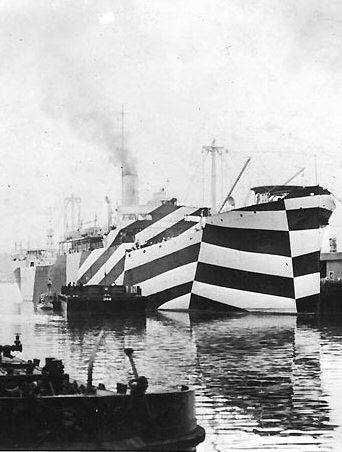




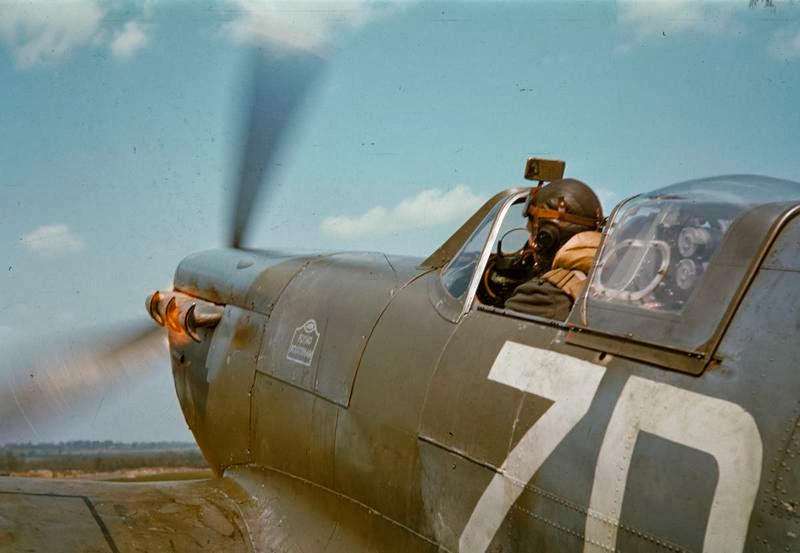

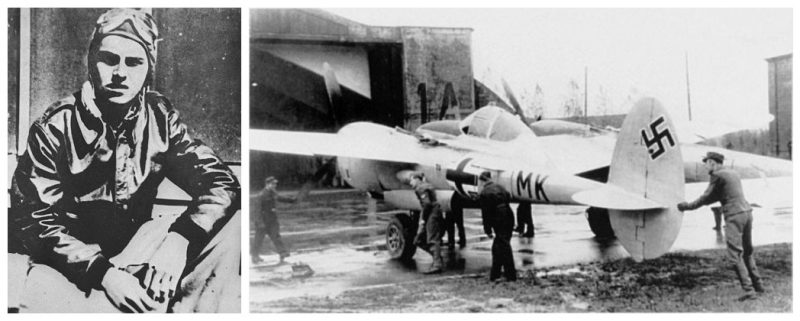



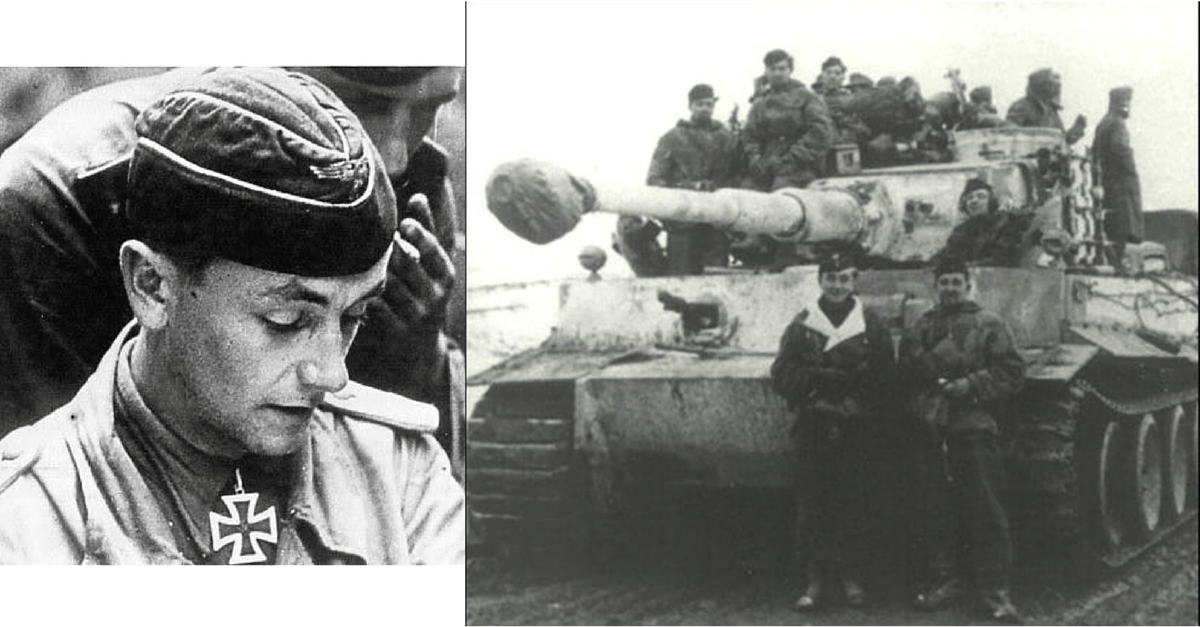








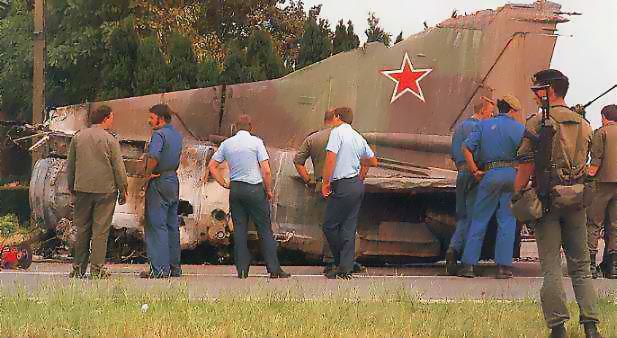

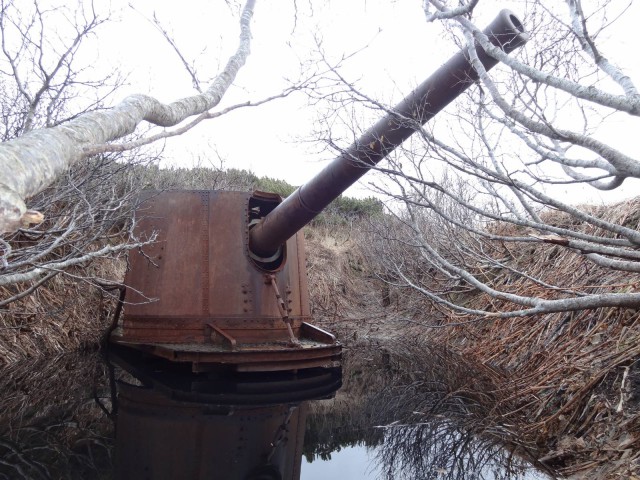

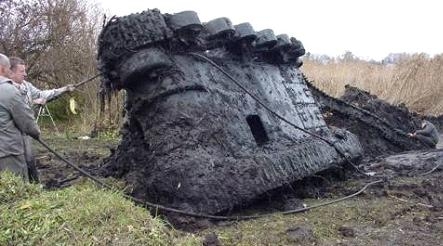


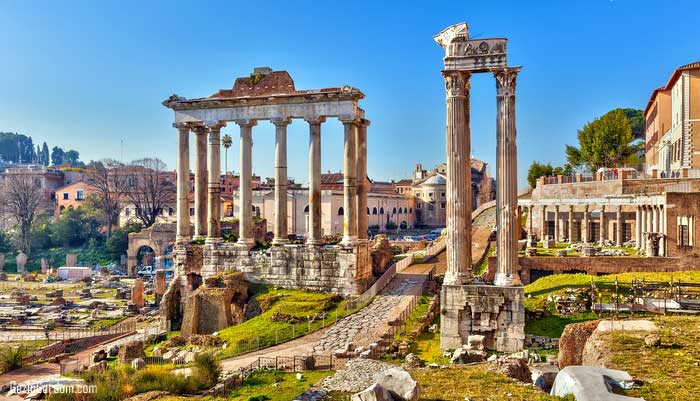


 Μιχάλης Α. Τιβέριος είναι καθηγητής Κλασικής Αρχαιολογίας στο Αριστοτέλειο Πανεπιστήμιο Θεσσαλονίκης.
Μιχάλης Α. Τιβέριος είναι καθηγητής Κλασικής Αρχαιολογίας στο Αριστοτέλειο Πανεπιστήμιο Θεσσαλονίκης. Κώστας Ν.Μπαραμπούτης
Κώστας Ν.Μπαραμπούτης














